Updated on June 03, 2024
Overview
What they are
These products are both reef safe . They have a total of 7 ingredients in common
Cool Features
They both contain BHA and hyaluronic acid
Suited For
They're both likely to be good for fighting acne, anti aging, dry skin, brightening skin, sensitive skin, oily skin, reducing pores, scar healing and dark spots
Free From
They both do not contain any harsh alcohols, parabens, silicones or sulfates
What's Inside
They both contain oils
We independently verify ingredients, and our claims are backed by peer-reviewed research. Spot a product that needs an update? Let us know.
Ingredient Info
Drunk Elephant T.L.C. Framboos™ Glycolic Resurfacing Night Serum 36 ingredients
Some By Mi AHA BHA PHA 30 Days Miracle Toner 26 ingredients
At a glance
Click on any of the items below to learn more
Drunk Elephant T.L.C. Framboos™ Glycolic Resurfacing Night Serum 36 ingredients
Some By Mi AHA BHA PHA 30 Days Miracle Toner 26 ingredients
Notable Ingredients
This product contains 3 ingredients that may have this attribute:
This product contains 1 ingredient that may have this attribute:
This product contains 1 ingredient that may have this attribute:
Benefits
This product contains 1 ingredient that may have this attribute:
This product contains 2 ingredients that may have this attribute:
This product contains 3 ingredients that may have this attribute:
This product contains 3 ingredients that may have this attribute:
This product contains 3 ingredients that may have this attribute:
This product contains 5 ingredients that may have this attribute:
This product contains 3 ingredients that may have this attribute:
This product contains 2 ingredients that may have this attribute:
This product contains 5 ingredients that may have this attribute:
This product contains 2 ingredients that may have this attribute:
This product contains 5 ingredients that may have this attribute:
Concerns
This product contains 1 ingredient that may have this attribute:
This product contains 4 ingredients that may have this attribute:
This product contains 5 ingredients that may have this attribute:
This product contains 2 ingredients that may have this attribute:
Notable Ingredients
This product contains 1 ingredient that may have this attribute:
This product contains 1 ingredient that may have this attribute:
This product contains 1 ingredient that may have this attribute:
This product contains 1 ingredient that may have this attribute:
Benefits
This product contains 1 ingredient that may have this attribute:
This product contains 3 ingredients that may have this attribute:
This product contains 2 ingredients that may have this attribute:
This product contains 1 ingredient that may have this attribute:
This product contains 2 ingredients that may have this attribute:
This product contains 1 ingredient that may have this attribute:
This product contains 1 ingredient that may have this attribute:
This product contains 3 ingredients that may have this attribute:
This product contains 2 ingredients that may have this attribute:
This product contains 3 ingredients that may have this attribute:
Concerns
This product contains 2 ingredients that may have this attribute:
This product contains 1 ingredient that may have this attribute:
This product contains 1 ingredient that may have this attribute:
This product contains 1 ingredient that may have this attribute:
Ingredients Side-by-side
Ingredients Explained
These ingredients are found in both products.
Ingredients higher up in an ingredient list are typically present in a larger amount.
Water. It's the most common cosmetic ingredient of all. You'll usually see it at the top of ingredient lists, meaning that it makes up the largest part of the product.
So why is it so popular? Water most often acts as a solvent - this means that it helps dissolve other ingredients into the formulation.
You'll also recognize water as that liquid we all need to stay alive. If you see this, drink a glass of water. Stay hydrated!
Learn more about WaterButylene Glycol (or BG) is used within cosmetic products for a few different reasons:
- It is a solvent, meaning that it helps to dissolve other ingredients. This also enhances the absorption of the product into one's skin.
- It is a humectant, which means that it helps attract moisture into the skin.
- It helps improve product application.
Overall, Butylene Glycol is a safe and well-rounded ingredient. It is unlikely to irritate skin, and works well with pretty much all other ingredients.
Glycerin is already naturally found in your skin. It helps moisturize and protect your skin.
A study from 2016 found glycerin to be more effective as a humectant than AHAs and hyaluronic acid.
As a humectant, it helps the skin stay hydrated by pulling moisture to your skin. The low molecular weight of glycerin allows it to pull moisture into the deeper layers of your skin.
Hydrated skin improves your skin barrier; Your skin barrier helps protect against irritants and bacteria.
Glycerin has also been found to have antimicrobial and antiviral properties. Due to these properties, glycerin is often used in wound and burn treatments.
In cosmetics, glycerin is usually derived from plants such as soybean or palm. However, it can also be sourced from animals, such as tallow or animal fat.
This ingredient is organic, colorless, odorless, and non-toxic.
Glycerin is the name for this ingredient in American English. British English uses Glycerol/Glycerine.
Learn more about GlycerinSalicylic Acid (also known as beta hydroxy acid or BHA) is one of the most well-known ingredients for treating skin that struggles with blackheads and acne. It helps to exfoliate both the skin's surface and pores, and also acts as an anti-inflammatory agent.
This multitasking property makes it a great ingredient for cleaning out pores, controlling oil production, and reducing inflammation.
Unlike AHAs which are water soluble, Salicylic Acid is oil soluble. This means that it's able to exfoliate the inside of pores and reduce blackheads.
Concentrations of 0.5-2% are recognized by the U.S. FDA as an over-the-counter topical acne product.
It can cause irritation and/or dryness if one's skin already has a compromised moisture barrier, so it's best to focus on repairing that before introducing a Salicylic Acid into your routine.
In general, Salicylic Acid is a great ingredient for oily acne-prone skin.
While salicylic acid does not increase sun-sensitivity, we still recommend wearing SPF.
If you are looking for the ingredient called BHA or Butylated Hydroxyanisole, click here.
Learn more about Salicylic AcidAllantoin plays a role in soothing and moisturizing the skin. Because of this, it is often added to products with strong active ingredients.
Some studies have shown this ingredient can promote wound healing with higher concentrations.
Allantoin is derived from the comfrey plant but produced synthetically for cosmetic products to ensure purity.
Learn more about AllantoinCitric Acid is an AHA derived from citrus fruits (think oranges, lemons, and limes!).
As an AHA, Citric Acid removes the top layer of skin cells from the newer layer of skin underneath. This helps skin to remove dark spots and even out skin tone.
If you spot Citric Acid near the end of an ingredient list, it's likely there as a pH adjuster rather than an active ingredient.
Read more about some other popular AHA's here:
Learn more about Citric AcidEthylhexylglycerin (we can't pronounce this either) is commonly used as a preservative and skin softener. It is derived from glyceryl.
You might see Ethylhexylglycerin often paired with other preservatives such as phenoxyethanol. Ethylhexylglycerin has been found to increase the effectiveness of these other preservatives.
Ingredient Ratings
Here's what our community thinks of the ingredients in these two products.
When to use
Drunk Elephant T.L.C. Framboos™ Glycolic Resurfacing Night Serum 36 ingredients
Some By Mi AHA BHA PHA 30 Days Miracle Toner 26 ingredients


Reviews
Here's what our community thinks
Drunk Elephant T.L.C. Framboos™ Glycolic Resurfacing Night Serum 36 ingredients
KyleighWallace_646
Got this as a freebie/trial with the F Balm Hydrofacial moisturizer (which is amazing) so I decided I would try it on my nose / chin and a little...
Got this as a freebie/trial with the F Balm Hydrofacial moisturizer (which is amazing) so I decided I would try it on my nose / chin and a little bit of t zone because I have lots of sebaceous filaments, blackheads and huge pores . Horrible idea for my sensitive skin. I only used it ONLY in those spots, as the ONLY exfoliating product in the routine, and ONLY 1x a week. Every time I used it even with LOADS of ultra hydrating products to counterbalance it it stung my skin so bad, and the next morning I would wake up with juicy inflamed pimples on my nose / only on spots Where I had applied it. I did notice my pores looked a little smaller maybe and sebaceous filaments were less prominent but it was NOT worth it for the inflamed acne it caused. Idk if it’s a specific ingredient or if this stuff is just incredibly harsh but if your skin is sensitive at all avoid this stuff like the plague. Even strategic use can’t be achieved.
Some By Mi AHA BHA PHA 30 Days Miracle Toner 26 ingredients
RasberryIce
Texture: watery
Smell: pleasant but a bit strong
Honestly kinda mid.
I feel like it helps mild acne but is a no for sensitive skin and people...
Texture: watery
Smell: pleasant but a bit strong
Honestly kinda mid.
I feel like it helps mild acne but is a no for sensitive skin and people who's barrier is f up. The combination of three different exfoliating acids in miniscule concentrations feels all over the place and can further sensitivity. I think what's actually working in the product is the 2% niacinamide.
Overall it's okay, would recommend to people who're oily, with very mild acne or few comedomes. But anyone with sensitive or/and dry skin stay away, cause it's not for you and has fragrance.
P.s. Do NOT use this with the whole 30 days miracle line, it WILL destroy your skin barrier in those 30 days. I know cause it happened to me.
Laila
It didn't do much for me as my skin felt the same with or without it, plus I didn't like how it always foamed up when I even tap it in.
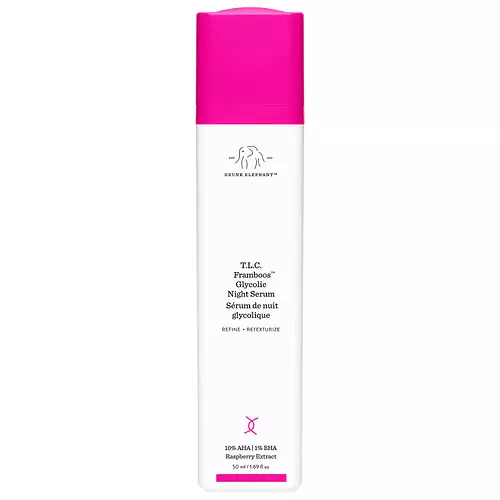
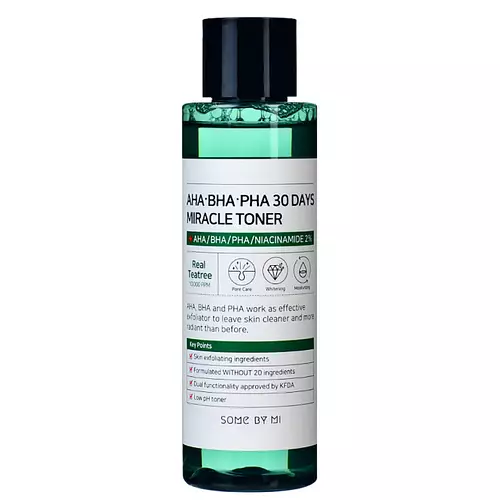







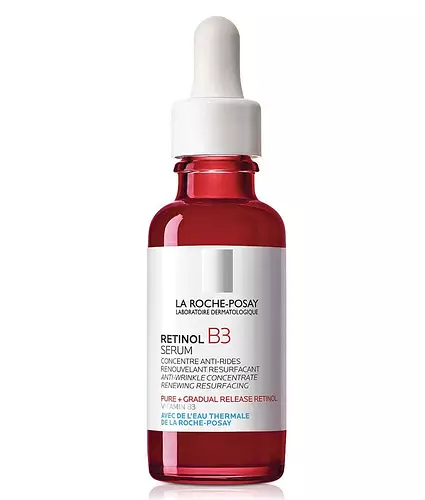
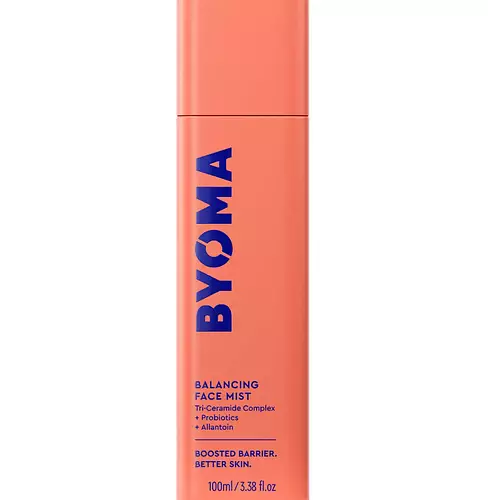
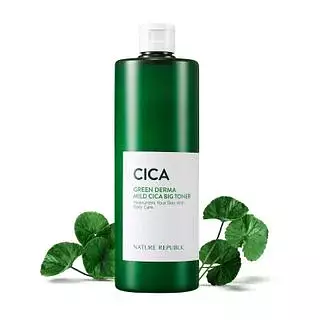
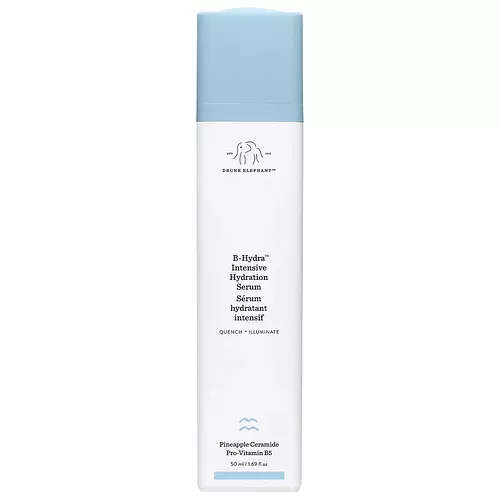
.jpg)

